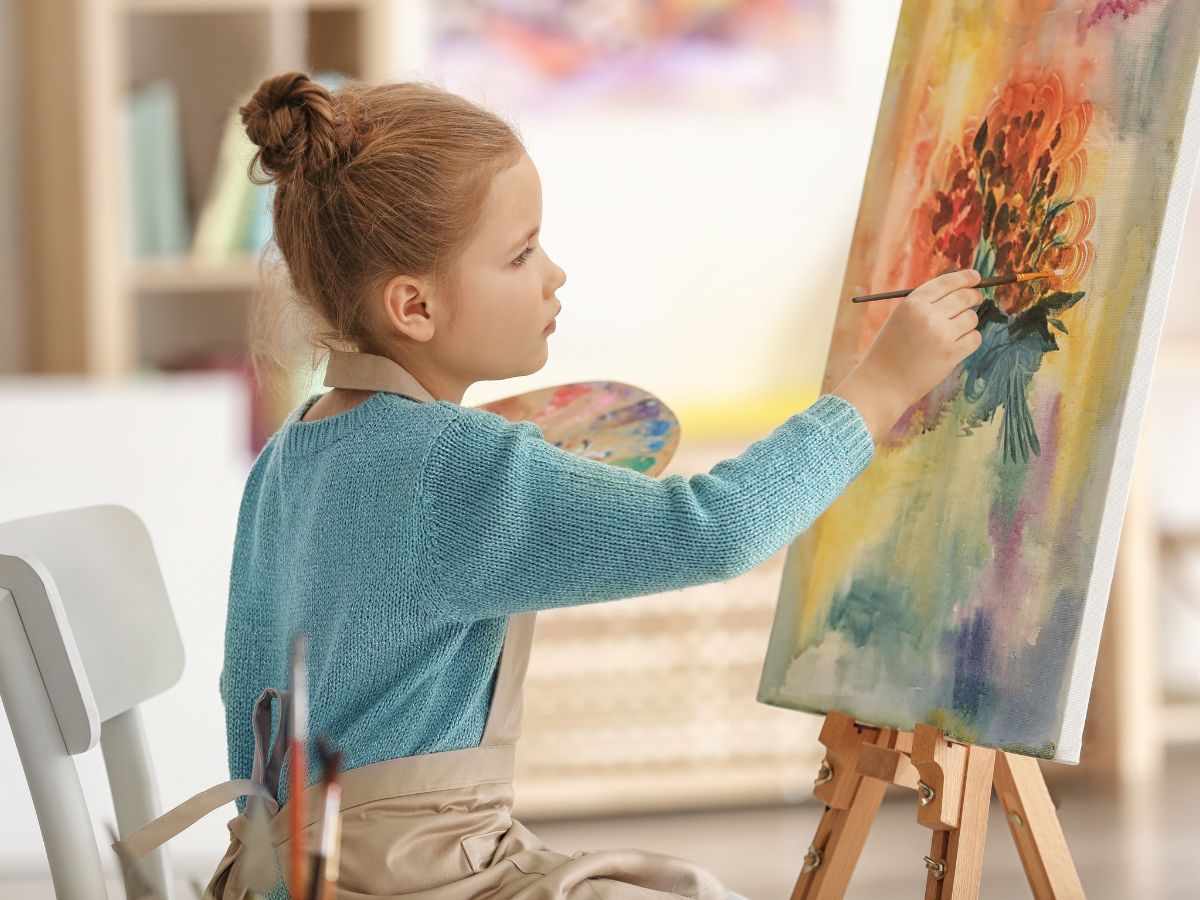
Best Painting Mediums for Custom Wood Panels
Painting on custom wood panels gives you a solid, long‑lasting surface and opens up creative possibilities. Here’s a clear, artist‑to‑artist guide on the best mediums to use and why they shine on wood.

Painting on custom wood panels gives you a solid, long‑lasting surface and opens up creative possibilities. Here’s a clear, artist‑to‑artist guide on the best mediums to use and why they shine on wood.

Working on a painting and thinking, “I need a size that fits just right?” You’re not alone. Choosing custom‑sized canvases lets you match your vision exactly—to the space, the medium, and the feel you want. It’s about purpose, scale, and avoiding compromise.

Painting on wood panels brings smooth surfaces and stability—but only if you prep them correctly. Follow these clear, practical steps to ensure your artwork lasts.

When you buy painting canvases straight from the manufacturer—like CanvasLot—you gain advantages you won’t get from middlemen or big-box retailers.

If you’re an artist, you know the value of quality materials. CanvasLot’s canvases offer a professional-grade surface that saves time and enhances your work.

Selecting the appropriate canvas is a decision that influences the outcome and longevity of your artwork. Understanding the characteristics of different canvas types can help artists make informed choices that align with their creative goals and practical needs.

As an artist, the canvas you choose is more than just a surface—it’s the foundation of your work. CanvasLot offers custom-sized canvases with various thickness options, providing the flexibility to match your artistic needs.

As a visual artist, selling your artwork is important to your career’s success. The two primary channels—traditional art galleries and online platforms—each offer distinct advantages and challenges. Understanding these can help you decide which to use that aligns with your artistic goals and business strategy.

Introducing children to canvas painting offers a unique opportunity to nurture their creativity and self-expression. Using custom-sized canvases can make art projects more engaging and tailored to young artists’ needs. Here are some great ideas for teachers and parents to inspire children:

When it comes to creating lasting artwork, the foundation is just as crucial as the paint and brushwork. Stretcher bars form the backbone of any canvas, ensuring that the fabric remains taut, flat, and ready to display. CanvasLot, a reputable manufacturer of custom-sized canvases, offers a range of high-quality stretcher bars designed to meet the different needs of artists.